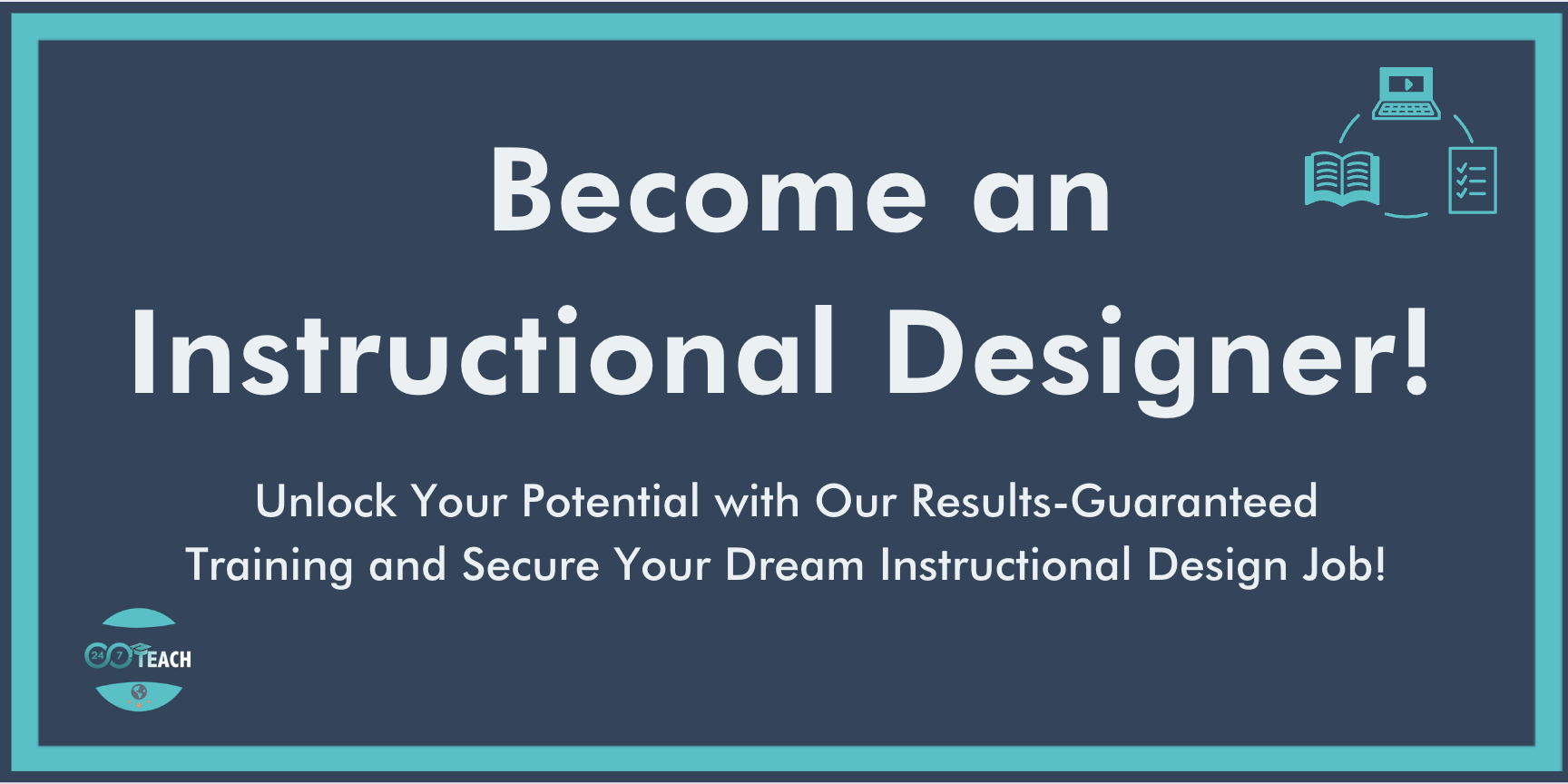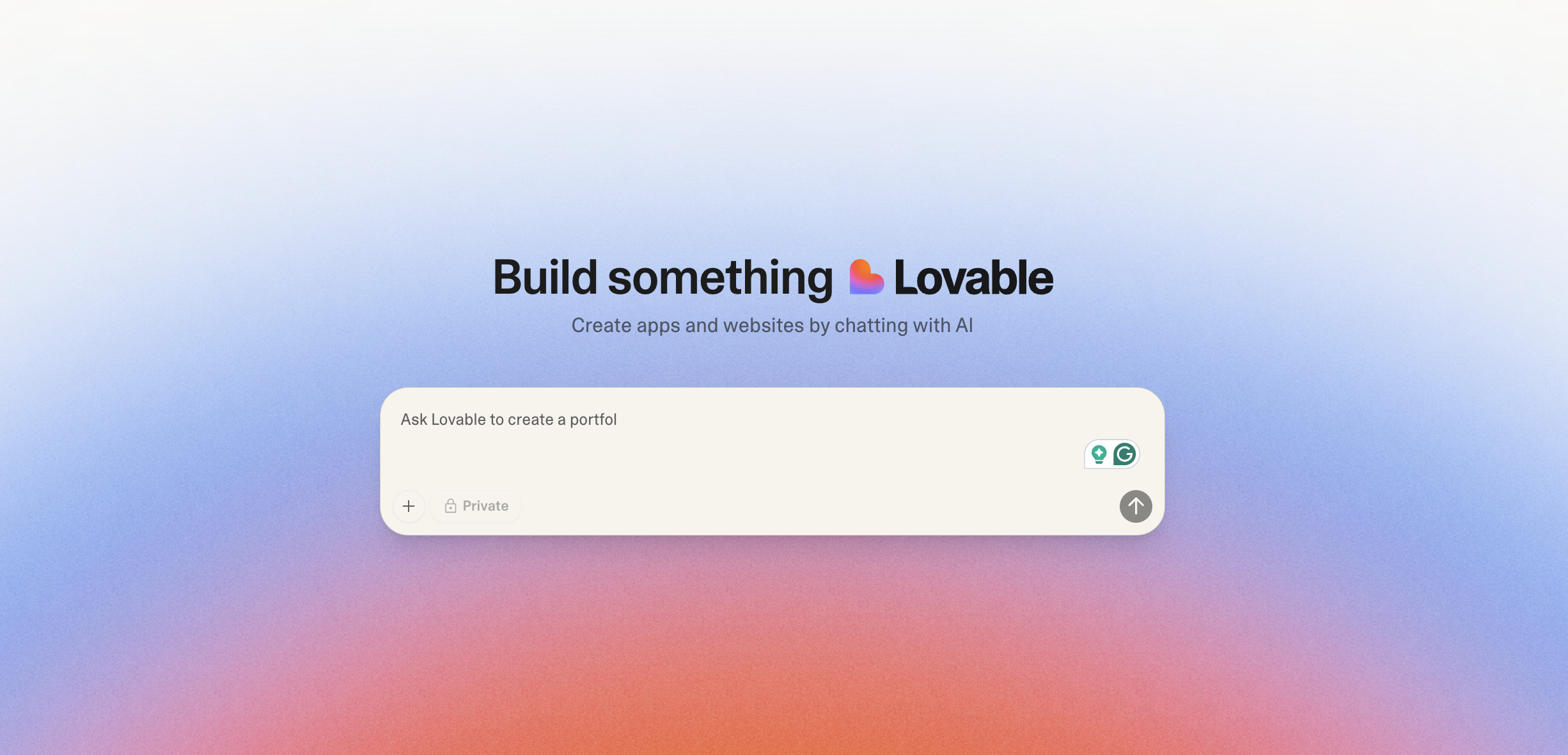Elevating E-Learning: The Art of Crafting Interactive Educational Experiences
By Anthony Miller
Instructional Designer and Hiring Manager
Prefer to listen to this post? Click below.
Elevating E-Learning with Interactivity:
In digital education, the journey from mere content consumption to active learning engagement marks the evolution of effective e-learning design. As we navigate the complexities of creating educational experiences that inform, engage, and inspire, the concept of interactivity in e-learning instructional design emerges as a pivotal element. By their very nature, interactive elements are designed to captivate learners' attention, facilitate active participation, and alleviate the monotony often associated with digital courses. This post aims to unravel the intricacies of interactivity in e-learning, offering a structured walkthrough of the four levels of interactivity in instructional design. Each level, escalating in complexity and engagement, provides a spectrum of options for instructional designers to tailor educational experiences that align with specific learning objectives, budget constraints, and time frames.
Understanding the Four Tiers of Interactivity
Interactivity in e-learning is not a one-size-fits-all approach but a continuum ranging from passive to highly immersive interactions. These levels of interactivity are categorized as follows:
Level 1: Passive Interaction
Level 2: Limited Interaction
Level 3: Moderate/Complex Interaction
Level 4: Simulation and Game-Based Interaction
Let's delve deeper into each level, exploring the unique characteristics and the types of interactions they encompass.
Level 1: Passive Interaction
At the foundational level, passive interaction embodies the simplest form of e-learning, where learners engage minimally with the content. Characterized by linear navigation and static content such as text and graphics, this level primarily involves learners as passive recipients of information. The interaction is restricted to primary navigation - moving forward or backward through the content. Despite its simplicity, Level 1 interaction is a practical choice for delivering straightforward information efficiently when resources are limited.
Key Elements of Level 1:
Linear navigation
Static images, tables, and text
Basic voiceover
Simple assessments (e.g., true/false, multiple-choice questions)
Level 2: Limited Interaction
Progressing to Level 2 introduces a more active engagement, where learners interact with the content through basic functionalities like drag-and-drop exercises, click-to-reveal information, and multimedia elements. This level of interactivity allows for greater navigational freedom and the introduction of personalized avatars, enhancing the learning experience by making it more engaging and visually appealing.
Key Elements of Level 2:
Menus with open navigation
Interactive exercises (e.g., drag and drop, click and reveal)
Enhanced assessments incorporating interactive activities
Use of videos, audio, and interactive graphics
Level 3: Moderate/Complex Interaction
At this juncture, e-learning takes a significant leap towards immersive learning experiences by introducing narratives, role-plays, and scenario-based learning. Level 3 interactivity demands higher cognitive and emotional involvement from learners, facilitating more profound engagement with complex content. This level is marked by its use of storytelling, empathy-inducing techniques, and assessments that require more than just selecting the correct answer.
Key Elements of Level 3:
Engaging stories and comic strips
Complex assessments requiring creative thought
Scenario-based learning
Characters and narratives for deeper engagement
Level 4: Simulation and Game-Based Interaction
The pinnacle of e-learning interactivity, Level 4, encompasses simulation and gamification at its core. This level provides learners with a fully immersive experience, allowing them to practice skills in a safe, virtual environment that mimics real-world settings. Through simulations and game-based learning, complex skills are developed, and learners can experience the consequences of their decisions in a controlled environment.
Key Elements of Level 4:
Advanced simulations mimicking real-life scenarios
Comprehensive gamification beyond simple quizzes
Use of AR/VR and 3D modeling for realistic experiences
Realistic avatars and interactive narratives
Knowledge Check: Applying Interactivity Wisely
Choosing the right level of interactivity is crucial and should be guided by the learning objectives, the complexity of the content, and the practical considerations of budget and production time. Passive interactions might suffice for simple informational content, while complex skill development or high-stakes training might necessitate immersive simulations or game-based learning environments.
A Shift from Passive to Active Learning
Gone are the days when PowerPoint slides, scrolling text, or one-directional audio files sufficed for learning. Such traditional methods often lead to passive learning, with learners quickly losing interest. The essence of interactive eLearning lies in transforming the learner from a passive recipient to an active participant. This is achieved by designing content requiring learners to respond, react, or provide feedback, fostering a dynamic learning environment. The beauty of this interactive cycle is its ability to continuously adapt—building upon learners' responses to review, rephrase, or reinforce key concepts, promoting deeper engagement and participation.
Crafting Engaging eLearning Experiences
To maximize engagement, it's essential to align learning objectives with the appropriate interactive elements. A holistic approach, often involving a blend of different interactive techniques, can significantly enhance the learning experience. Here are some effective strategies and best practices:
Simulations & Scenarios
Simulations and scenario-based learning are unparalleled for training that mirrors real-life situations as closely as possible. They offer a cost-effective, low-risk learning environment where critical thinking and decision-making skills can be honed.
Best Practices:
Craft scenarios that elicit critical thinking, requiring learners to make decisions that lead to various outcomes.
Anchor scenarios in real-life challenges to enhance relevance and applicability.
Draw upon actual events, such as past organizational challenges, to provide practical lessons learned.
Story-based eLearning
Storytelling, as highlighted by leadership guru Robert Dickman, involves wrapping facts within emotions to compel action. This method is highly effective in eLearning, aiming to bring about thought and behavioral changes in a corporate setting.
Best Practices:
Infuse your narratives with passion to engage learners deeply.
Feature relatable characters that drive the narrative forward, encouraging learners to take action.
Incorporate real-world problems to foster engagement and facilitate learning through problem-solving.
Ensure that the narrative leads to a transformative outcome, reflecting a clear arc of change.
Gamified eLearning
Incorporating game elements into eLearning taps into the intrinsic human desire for play, making learning enjoyable and, by extension, more effective. The variety of gaming models available allows for creativity in design and application.
Best Practices:
Tailor gamification to suit the learning content, varying the level of game integration based on course complexity.
Opt for games with rich visual design and intuitive navigation to engage learners.
Incorporate elements of competition and achievement, such as leaderboards and badges, to motivate and reward learners.
Assessments and Quizzes
While assessments and quizzes are staple elements of eLearning, their design and execution can significantly impact their effectiveness as learning tools.
Best Practices:
Diversify question formats to include various response types, from sentence completions to audio responses.
Introduce time constraints on some questions to add challenge and realism.
Provide detailed feedback on correct and incorrect responses to reinforce learning and clarify misunderstandings.
Use points, badges, and other rewards to enhance motivation and participation.
Conclusion: The Power of Interactive Learning
The journey through the four levels of interactivity in e-learning reveals a landscape rich with possibilities for engaging digital learners. By thoughtfully integrating interactive elements into e-learning courses, instructional designers can transform the learning experience from passive content consumption to an active, engaging process. Whether through simple click-and-reveal functions or complex simulations, the goal remains to facilitate a deeper connection with the material, encourage active participation, and ultimately enhance learning outcomes. As we continue to explore and innovate within digital education, the thoughtful application of interactivity is a testament to the ever-evolving nature of learning and the endless potential to inspire and educate.
Discussion Question:
Join the conversation and participate with the 24/7 Instructional Design community by answering the DQ in the comment section below:
How can we best integrate the principles of simulations, story-based learning, gamification, and assessments into eLearning courses to address the unique challenges and distractions of remote learning environments? Share examples or ideas from your own experience or theoretical concepts that could effectively engage remote learners and foster a more interactive and immersive learning experience.
Need Guidance on Navigating the Shift to Instructional Design?
Before You Go...
Discover the Unmatched 24/7 Teach Experience:
Our Instructional Design bootcamps and career coaching services have a 100% success rate. We redefine learning by immersing you in practical, hands-on projects, ensuring you acquire vital professional expertise while making a meaningful difference in your community.
Unlock your true potential today with 24/7 Teach and invest in your future.











